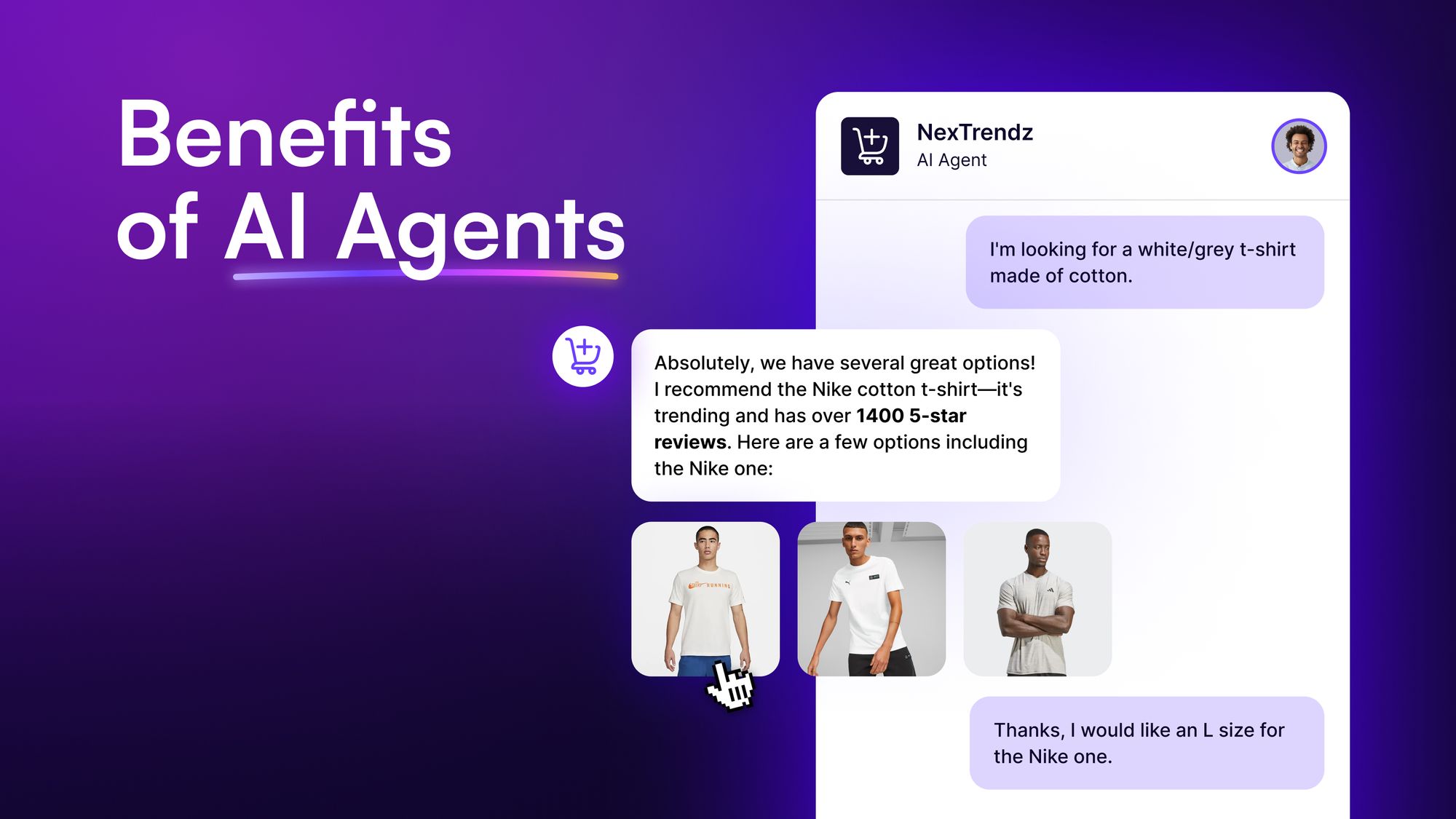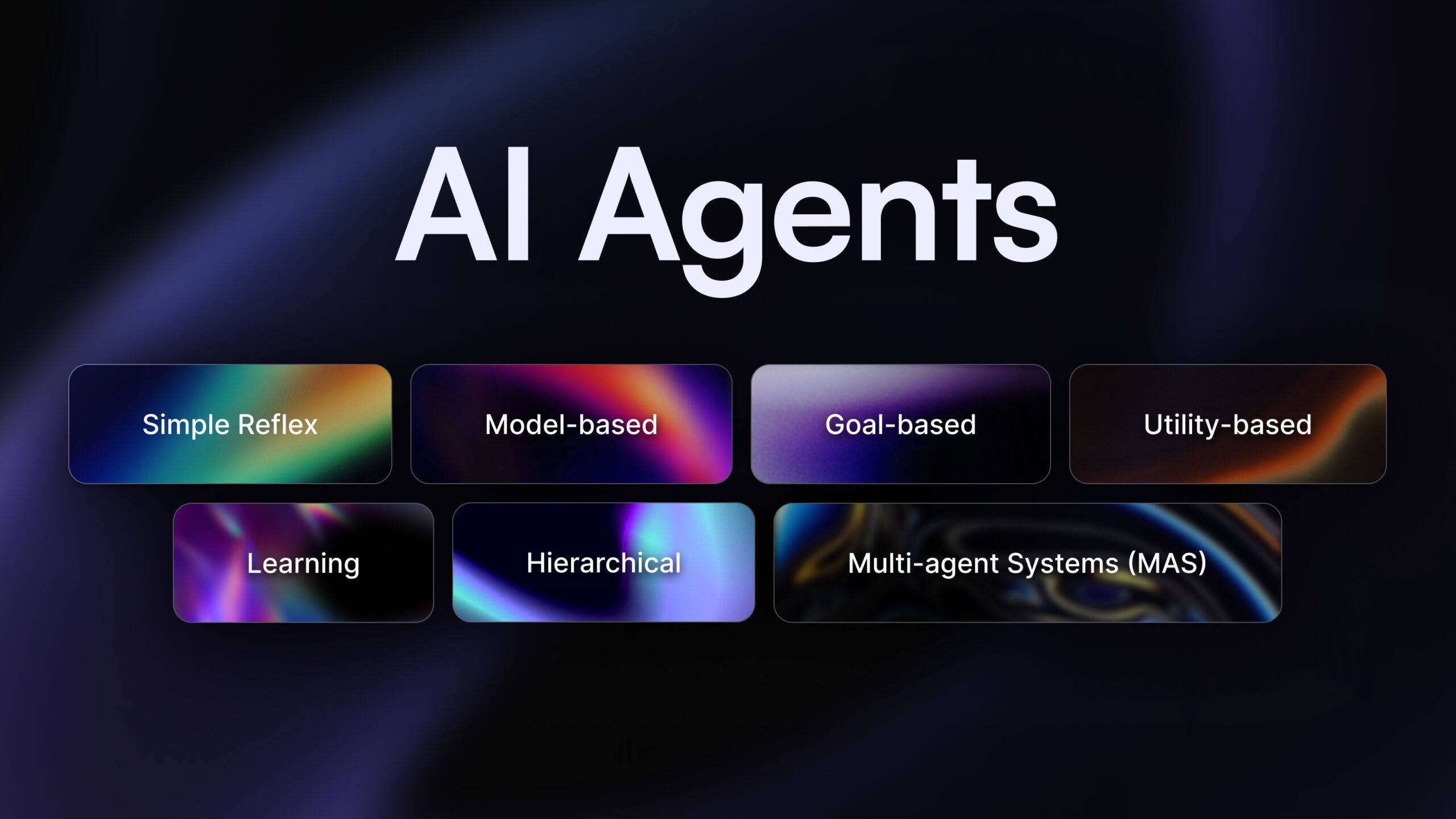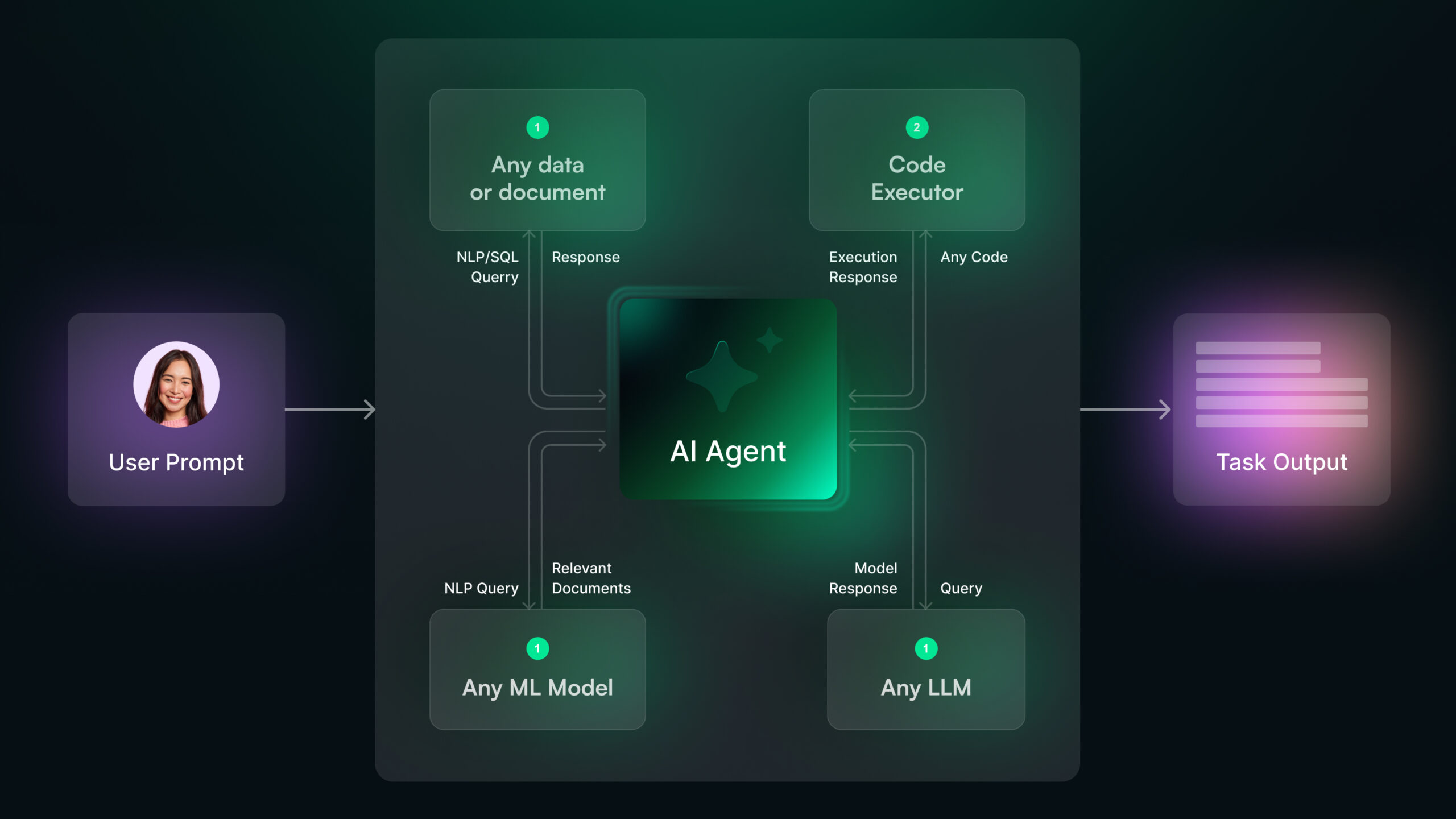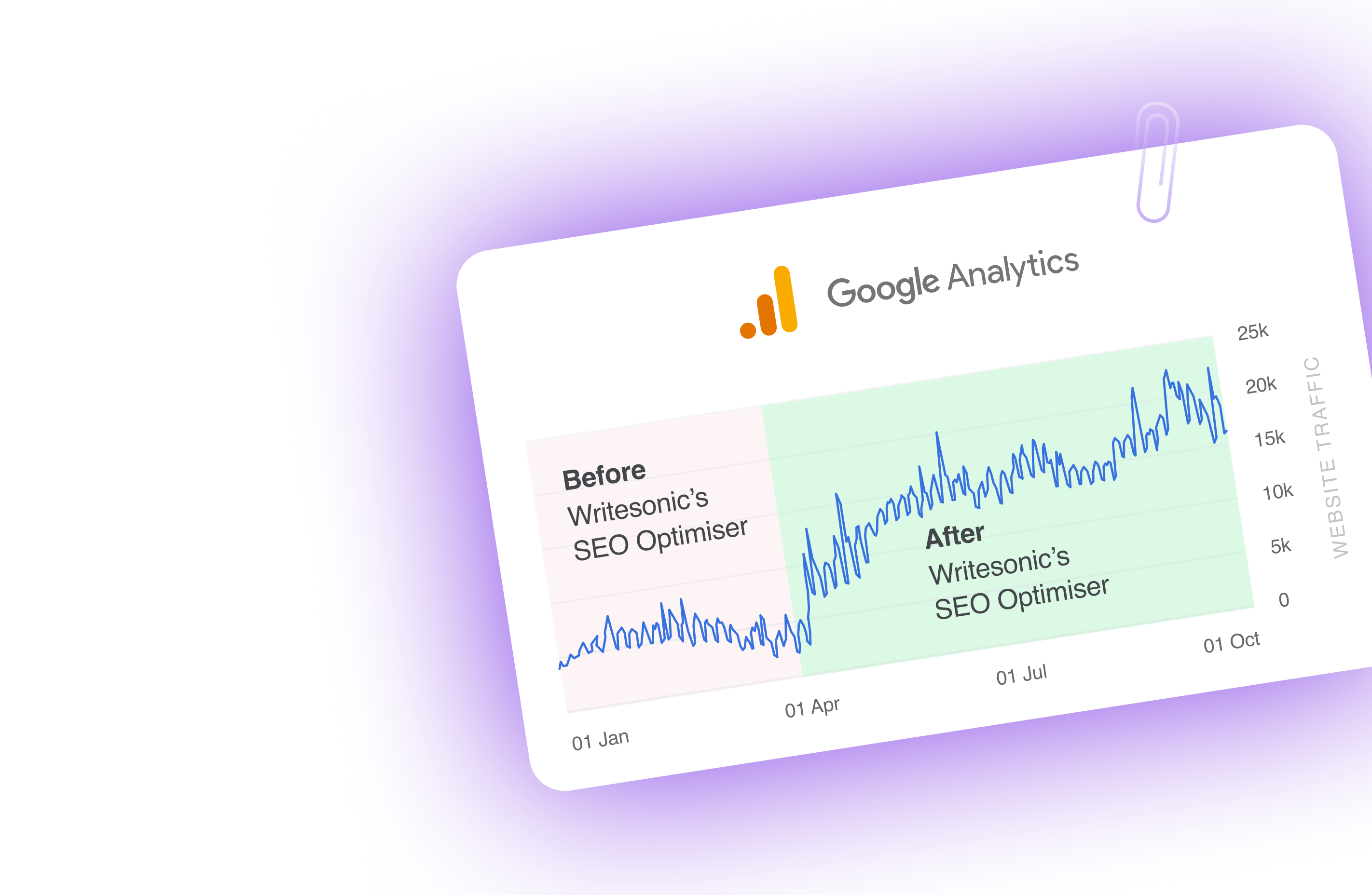DeepSeek has grabbed the #1 spot among AI chatbots on Apple’s App Store in the US and UK. The question remains – does it really live up to the hype?
Many AI tools boast big promises, but DeepSeek AI delivers with its remarkable capabilities. The system packs 671 billion parameters with context length of 128,000, exceeding GPT-4’s capacity.
But this doesn’t paint the complete picture. My extensive testing covered everything from coding capabilities to research paper analysis. Let me show you what makes this AI tool special and how it could fit into your daily tasks.
What is DeepSeek R1 Model?
DeepSeek AI, released in January 2025, is an open-source language model that’s been turning heads in the tech community. Developed by a Chinese startup, this AI powerhouse has emerged as a formidable challenger to established giants like OpenAI’s GPT models.
But what sets DeepSeek R1 apart isn’t just its performance – it’s the way it’s been built and deployed.
At the core of DeepSeek’s groundbreaking technology lies an innovative Mixture-of-Experts (MoE) architecture that fundamentally changes how AI models process information. This sophisticated system employs 671 billion parameters, though remarkably only 37 billion are active at any given time.
This efficiency translates to significant cost savings, with training costs under $6 million compared to an estimated $100 million for GPT-4.
DeepSeek R1 has demonstrated competitive performance on various AI benchmarks, including a 79.8% accuracy on AIME 2024 and 97.3% on MATH-500. Available under an MIT license, DeepSeek R1 represents a significant step towards democratizing advanced AI capabilities and reshaping the global AI landscape.
Key differentiators from other AI models
DeepSeek R1 stands out in several ways:
- Its reasoning capabilities match or surpass leading competitors using just 2,000 NVIDIA H800 chips instead of the usual 16,000
- The training process took only 55 days and cost USD 5.60 million
- The API costs USD 0.55 per million input tokens and USD 2.19 per million output tokens – much less than competitors.
The platform’s inference-time compute scaling adjusts computational resources based on task complexity automatically. This smart resource allocation delivers peak performance while keeping costs down.
Market position and potential
Let’s get real: DeepSeek’s launch shook the AI world. The release caused Nvidia’s biggest single-day market drop in U.S. history – USD 593 billion.
And the best part? DeepSeek shows that cutting-edge AI doesn’t need massive investments. This opens doors for smaller organizations and emerging markets to join the AI revolution.
The platform’s artificial analysis quality speaks volumes.
DeepSeek-R1 goes head-to-head with OpenAI’s o1 model, leaving behind Google’s Gemini 2.0 Flash and Meta’s Llama 3.3-70B.
DeepSeek’s User Base and Growth: A Closer Look
DeepSeek AI has seen impressive growth since its launch in January 2025:
- Over 10 million users supported
- 10+ million downloads on Google Play Store
- 5+ million downloads of DeepSeek models on HuggingFace
- Website traffic increased from 4.6 to 12.6 million monthly visits (Nov-Dec 2024)
Growth Comparison:
- Reached 1 million users in 14 days (vs. ChatGPT’s 5 days)
- Hit 10 million users in just 20 days (vs. ChatGPT’s 40 days)
Want an in-depth comparison? Check out our guide on DeepSeek vs ChatGPT.
This rapid growth positions DeepSeek as a strong competitor in the AI chatbot market. Its open-source approach and increasing popularity suggest potential for continued expansion, challenging established players in the field.
Key Features of DeepSeek AI
Here are a few top features offered by DeepSeek:
1. Mixture-of-Experts Architecture: Activates only relevant model parts for each task, enhancing efficiency.
2. Multi-head Latent Attention (MLA): Improves handling of complex queries and improves overall model performance.
3. Open-Source Approach: Publicly available model weights, encouraging collaborative development.
4. Cost-Effective Development: DeepSeek R1 developed for ~$6 million, significantly less than competitors.
5. Extensive Pre-training: DeepSeek-V3 trained on 14.8 trillion tokens.
6. Multi-Token Prediction (MTP): Predicts multiple tokens simultaneously, accelerating inference.
7. Competitive Benchmark Performance: Top-tier scores in MMLU and DROP tests.
8. Scalable Computing Infrastructure: Custom-built clusters for efficient large model training.
9. Specialized Models: Task-specific models like DeepSeek Coder, catering to diverse application needs.
10. Rapid Iteration: Quick progression from initial release to DeepSeek-V3.
These features position DeepSeek as a strong competitor in the AI market, offering efficiency, performance, and innovation.
Pros and Cons of DeepSeek AI
Pros of DeepSeek AI
1. Cost-Efficiency: DeepSeek’s development costs are significantly lower than competitors, potentially leading to more affordable AI solutions.
2. Open-Source Innovation: The publicly available model weights encourage community-driven improvements and adaptations.
3. Performance: Competitive benchmark scores indicate capabilities on par with or exceeding industry leaders.
4. Efficient Architecture: The Mixture-of-Experts design allows for focused use of computational resources, enhancing overall performance.
5. Rapid Iteration: Quick progression from initial release to advanced versions demonstrates commitment to continuous improvement.
6. Versatility: Specialized models like DeepSeek Coder cater to specific industry needs, expanding its potential applications.
Cons of DeepSeek AI
1. Limited Real-World Testing: Compared to established models, DeepSeek has less extensive real-world application data.
2. Potential Security Risks: The open-source nature might lead to misuse or security vulnerabilities if not properly managed.
3. Regulatory Challenges: As a Chinese company, DeepSeek may face scrutiny and restrictions in certain markets.
4. Data Privacy Concerns: Questions remain about data handling practices and potential government access to user information.
5. Censorship Implementation: Built-in censorship mechanisms for politically sensitive topics may limit its use in some contexts.
Truth is, I’ve caught AI making up statistics or presenting opinions as facts. Always fact-check!
DeepSeek AI Review: Hands-On Testing and Performance Analysis
In this DeepSeek AI review, we’ll explore the model’s capabilities, performance, and potential impact on the AI landscape. I’ll share my first-hand experience testing DeepSeek, analyze its responses, and provide an honest rating of its performance.
How I Tested DeepSeek AI
To ensure a fair and comprehensive evaluation, I developed a rigorous testing methodology that covered various aspects of DeepSeek’s performance. Here’s how I approached the testing:
- Diverse Prompt Set: I created a set of 50 prompts covering a wide range of topics and complexity levels. These included creative writing tasks, technical problem-solving, data analysis, and open-ended questions.
- Comparative Analysis: For each prompt, I also tested OpenAI’s GPT-4 to provide a benchmark for comparison.
- Performance Metrics: I evaluated DeepSeek on several key metrics:
- Response quality and relevance
- Speed and latency
- Consistency across multiple attempts
- Handling of complex or ambiguous queries
- Real-World Scenarios: I simulated real-world use cases, such as content creation, code generation, and customer support interactions.
- Stress Testing: I pushed DeepSeek to its limits by testing its context window capacity and ability to handle specialized tasks.
DeepSeek’s Response Analysis
After running DeepSeek AI through this battery of tests, I was impressed by several aspects of its performance. Here’s a breakdown of my observations:
Creative Writing
When tasked with creative writing prompts, DeepSeek showed a remarkable ability to generate engaging and original content. For example, when I prompted it to write a short story about a time-travelling writer, and the response was very creative:
The story was not only entertaining but also demonstrated DeepSeek’s ability to weave together multiple elements (time travel, writing, historical context) into a coherent narrative.
Technical Problem-Solving
In technical problem-solving tasks, DeepSeek showed impressive capabilities, particularly in mathematical reasoning. When presented with a complex calculus problem, DeepSeek not only provided the correct solution but also explained the step-by-step process:
This response showcases DeepSeek’s ability to handle complex mathematical concepts and provide clear, step-by-step explanations.
DeepSeek vs OpenAI: A Head-to-Head Comparison
When comparing DeepSeek vs OpenAI, I found that DeepSeek offers comparable performance at a fraction of the cost. Here’s a breakdown of how DeepSeek performed against OpenAI’s GPT-4o in various areas:
1. Response Quality:
DeepSeek: 8.5/10
GPT-4: 9/10
DeepSeek’s responses were generally on par with GPT-4o, with only slight differences in nuance and depth.
2. Speed and Latency:
DeepSeek: 9/10
GPT-4: 8/10
DeepSeek consistently outperformed GPT-4o in terms of response speed, particularly for longer queries.
3. Specialized Tasks:
DeepSeek: 9.5/10
GPT-4: 9/10
DeepSeek showed superior performance in mathematical reasoning and certain technical tasks.
4. Cost Efficiency:
DeepSeek: 10/10
GPT-4: 7/10
DeepSeek’s pricing structure is significantly more cost-effective, making it an attractive option for businesses.
Key DeepSeek Features That Stand Out
During my testing, several DeepSeek features stood out as particularly impressive:
- Large Context Window: With a context window of 128k tokens for the V3 model, DeepSeek can handle much longer inputs and maintain coherence over extended conversations.
- Mathematical Prowess: DeepSeek consistently outperformed in mathematical reasoning tasks.
- Open-Source Availability: DeepSeek offers greater flexibility for developers and researchers to customize and build upon the model.
- Cost-Effective Pricing: DeepSeek’s token pricing is significantly lower than many competitors, making it an attractive option for businesses of all sizes.
DeepSeek: My Opinion
After extensive testing, here’s a summary of DeepSeek’s strengths and weaknesses:
What I loved:
- Exceptional performance in mathematical and technical tasks
- Large context window for handling complex, long-form content
- Cost-effective pricing structure
- Open-source availability for customization and research
- Fast response times, even for complex queries
What I didn’t like:
- Slightly less nuanced responses in creative writing compared to GPT-4o
- Occasional inconsistencies in handling ambiguous queries
- Less extensive training data compared to some competitors, potentially limiting knowledge in niche areas
Want more options? Check out these 7 best DeepSeek alternatives that you can try out.
Final Rating
Based on my comprehensive testing and analysis, I rate DeepSeek AI as follows:
Overall Rating: 8.5/10
DeepSeek has proven to be a formidable player in the AI language model space. Its performance in specialized tasks, particularly in mathematical reasoning and technical problem-solving, is truly impressive.
The large context window and cost-effective pricing make it an attractive option for businesses looking to implement AI solutions at scale.
While there’s still room for improvement in areas like creative writing nuance and handling ambiguity, DeepSeek’s current capabilities and potential for growth are exciting. The open-source nature of the model also opens up possibilities for community-driven improvements and specialized applications.
For businesses and developers looking for a powerful, cost-effective AI solution, DeepSeek is definitely worth considering. Its ability to compete with industry leaders at a fraction of the cost makes it a game-changer in the AI landscape.
As AI technology continues to evolve rapidly, it will be fascinating to see how DeepSeek develops and potentially reshapes the industry. Based on my experience, I’m optimistic about DeepSeek’s future and its potential to democratize access to advanced AI capabilities.
Automate SEO and Content Creation with Chatsonic SEO AI Agent
For those specifically focused on SEO and content creation, it’s worth noting that specialized tools can offer more targeted benefits.
For instance, Chatsonic, our AI-powered SEO assistant, combines multiple AI models with real-time data integration to provide comprehensive SEO and content creation capabilities. It offers features like keyword research automation, content optimization, and direct integration with major SEO platforms, which can be particularly valuable for marketing professionals and content creators.
Based on my experience, I’m optimistic about DeepSeek’s future and its potential to make advanced AI capabilities more accessible. At the same time, for those with specific SEO and content needs, exploring specialized tools like Chatsonic could provide additional value and efficiency in their workflows.
Ultimately, the choice of AI tool depends on your specific needs and use cases. Whether you opt for a general-purpose model like DeepSeek or a specialized SEO tool like Chatsonic, the key is to leverage these AI capabilities to enhance your productivity and achieve your business goals.

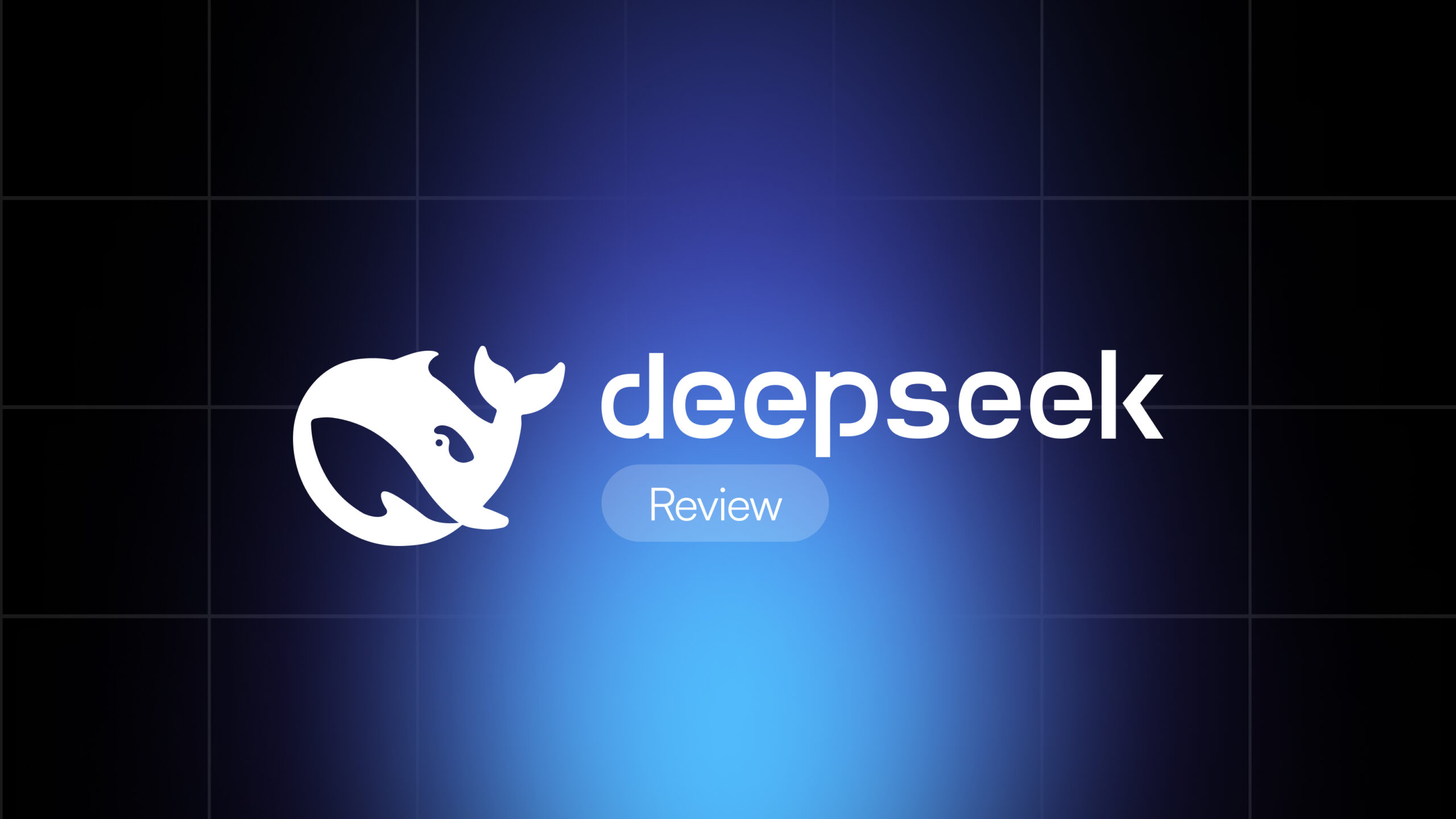

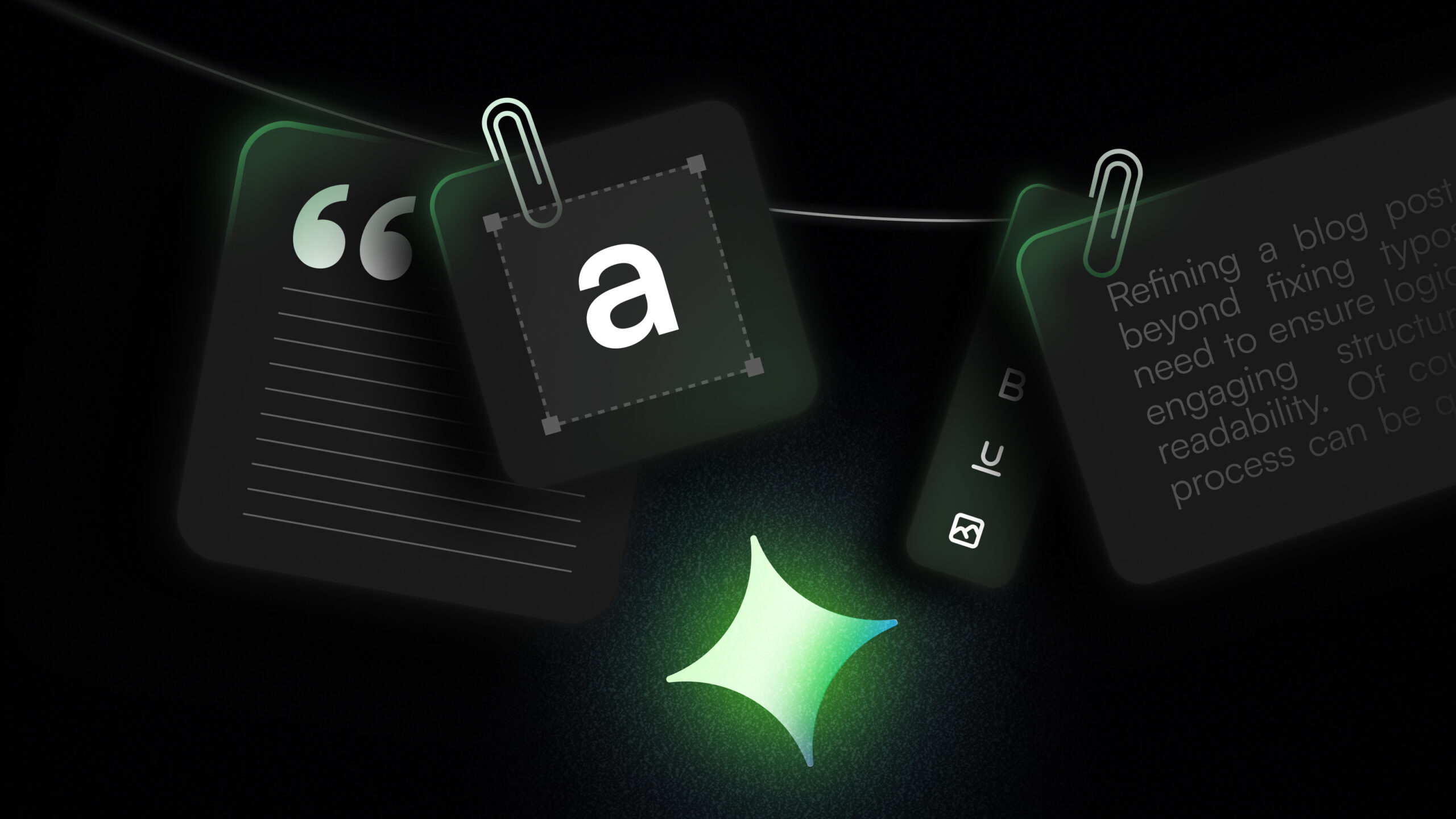

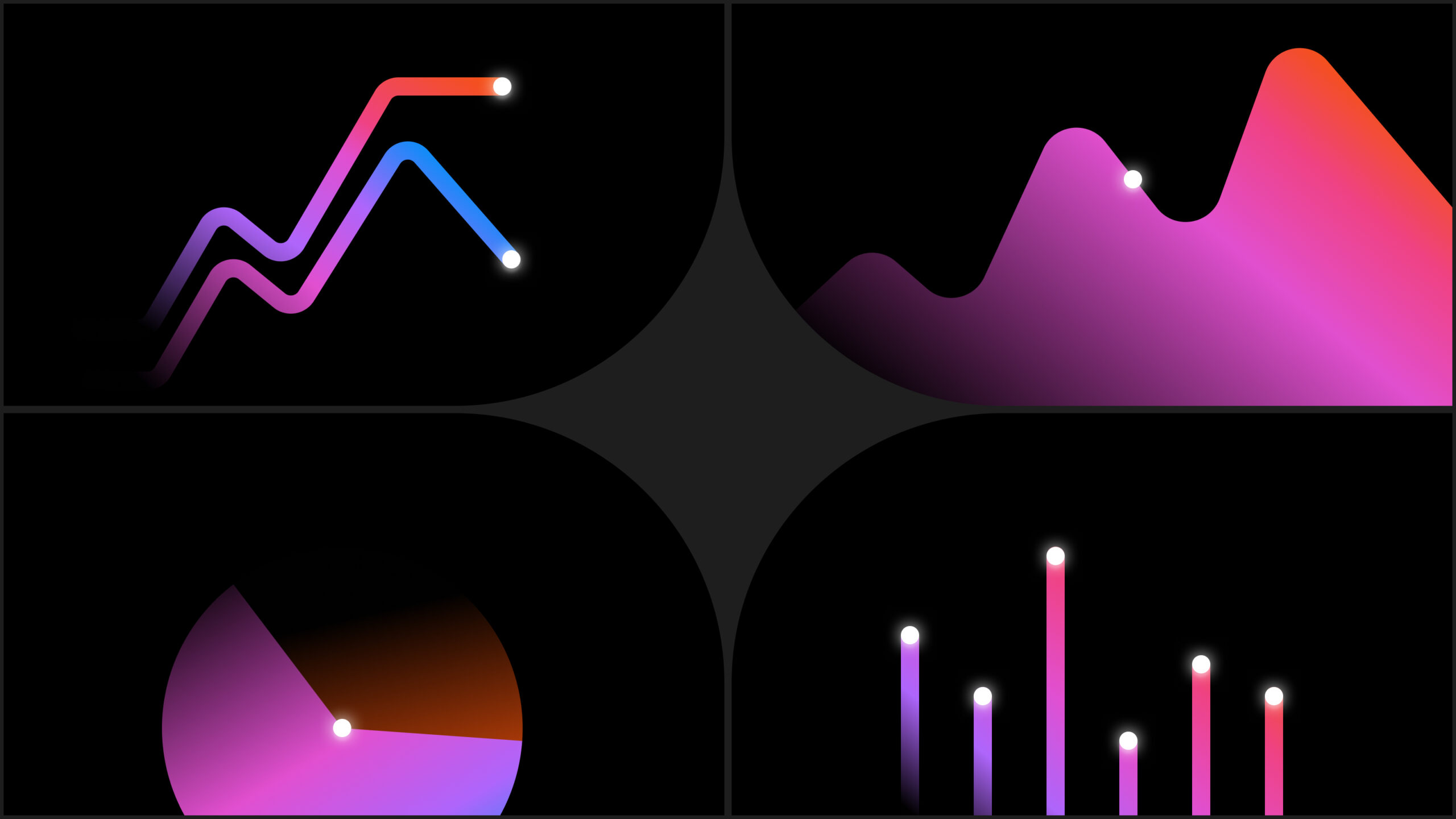

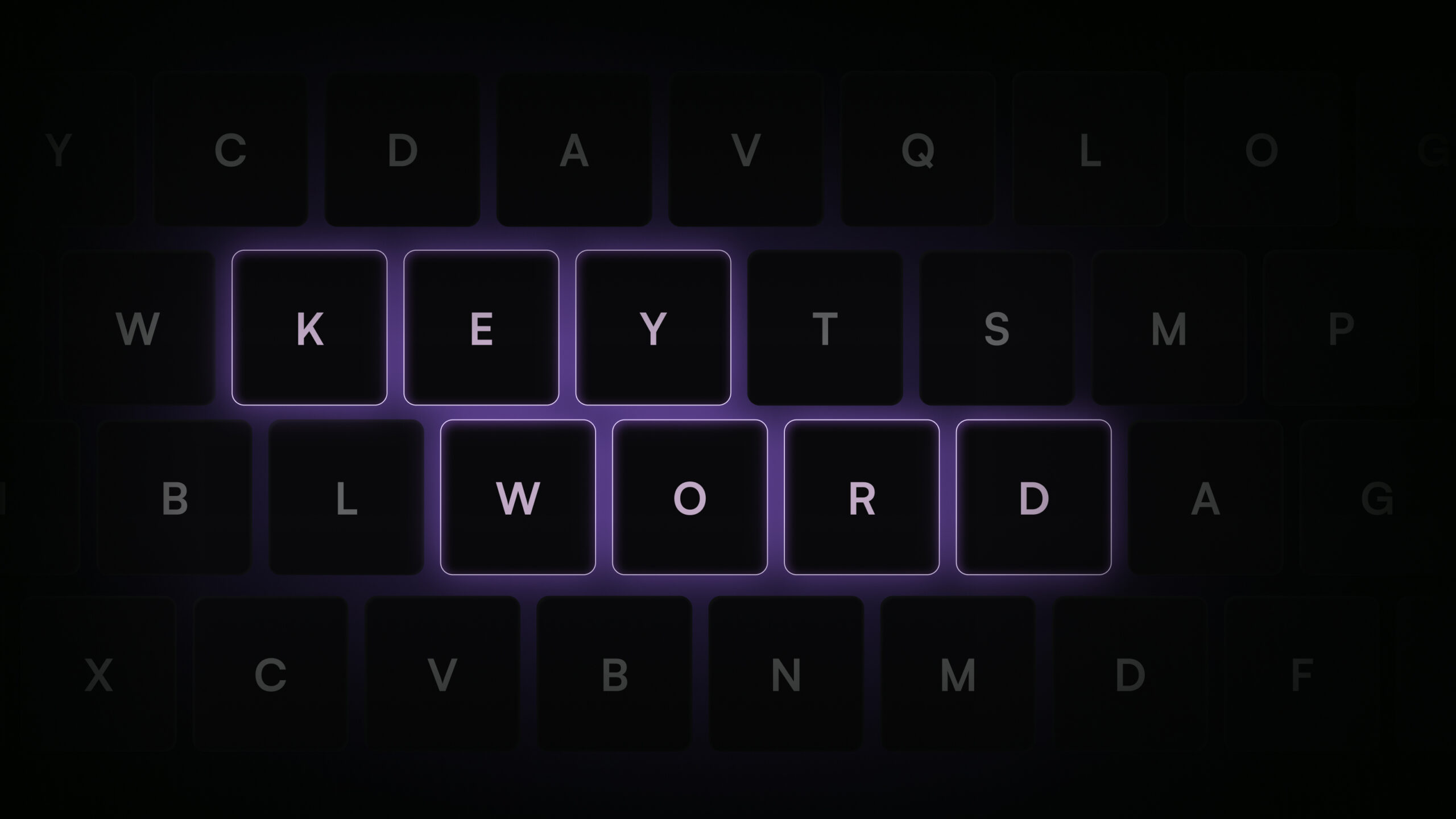
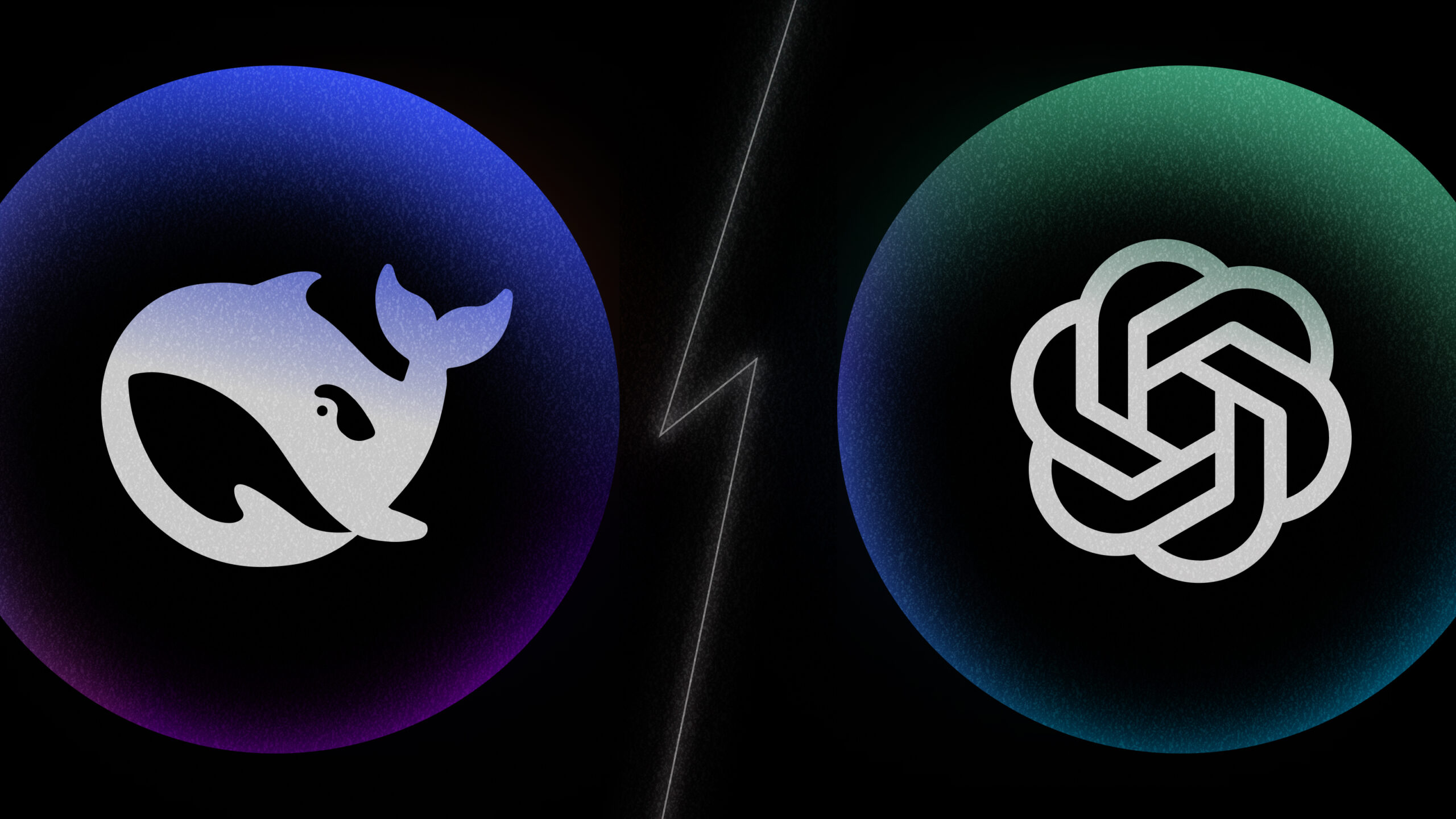

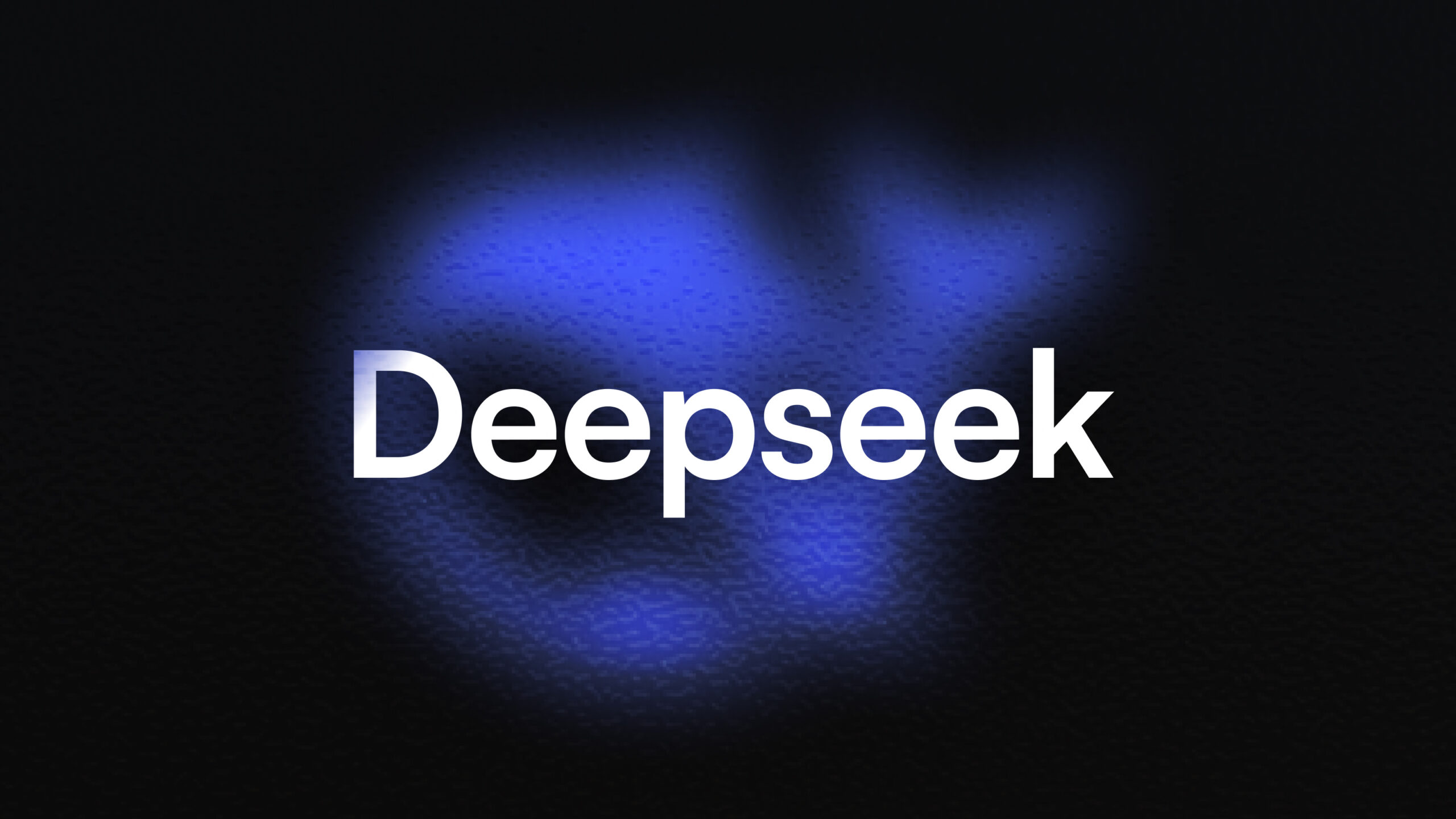
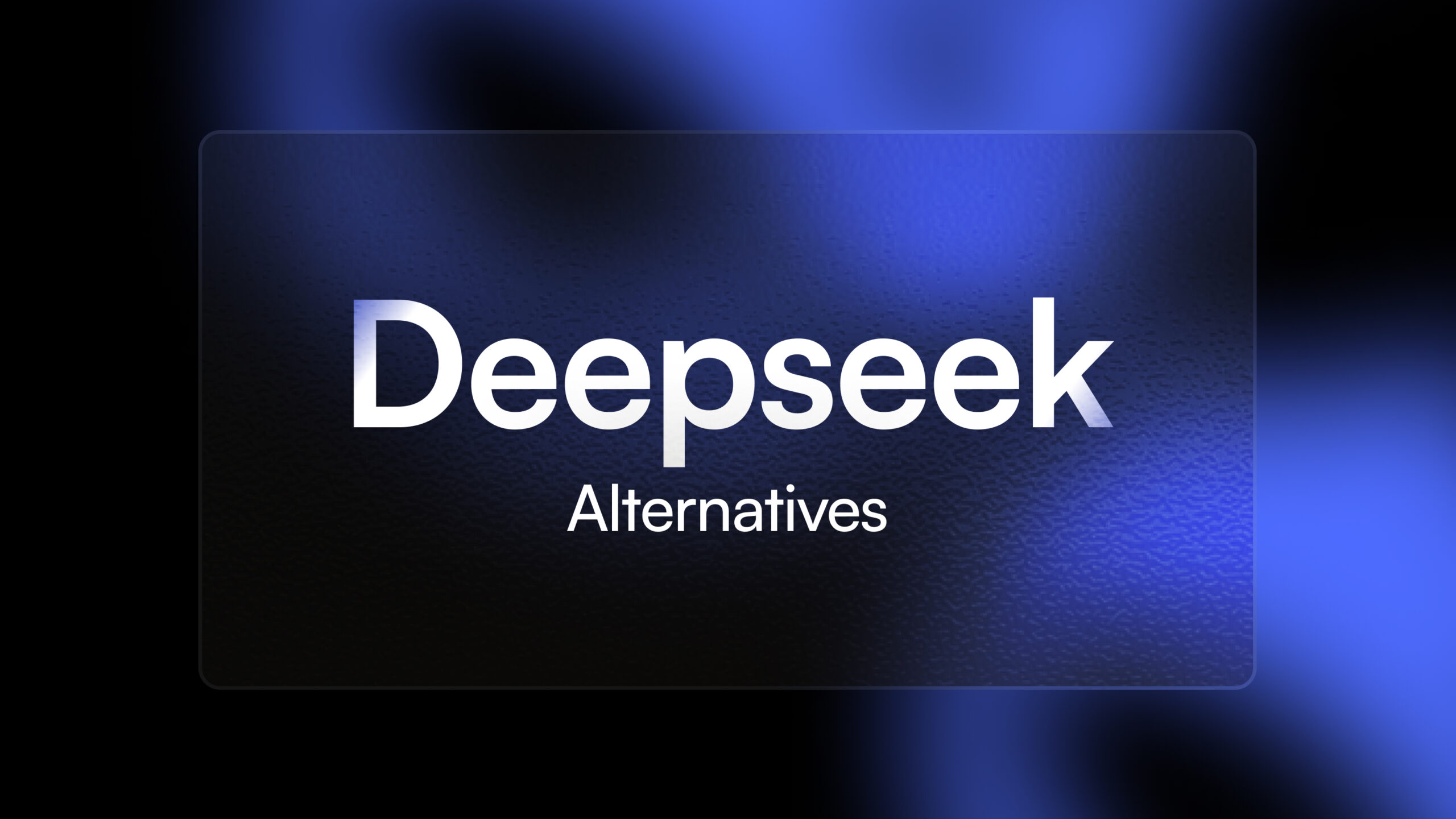


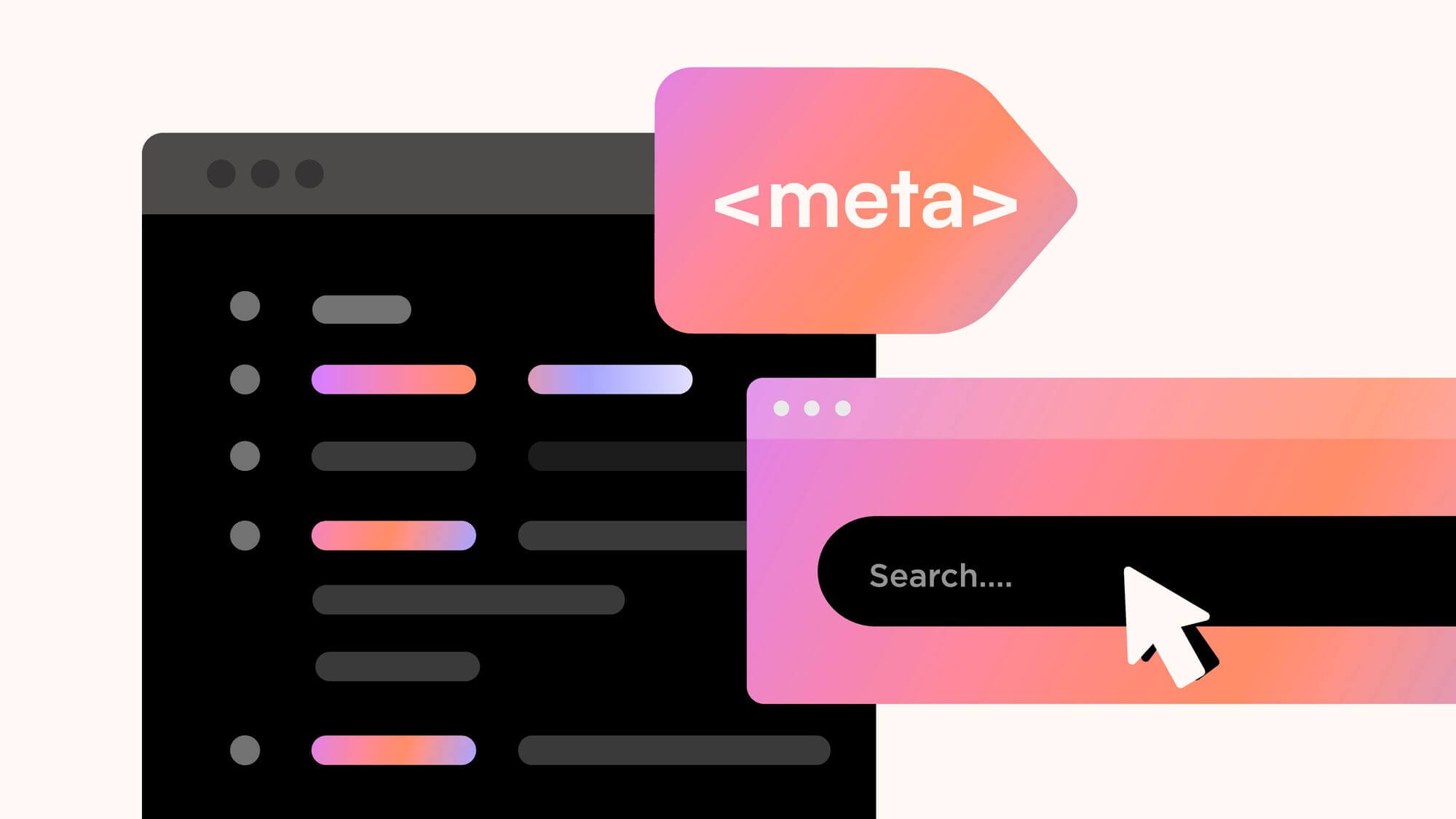

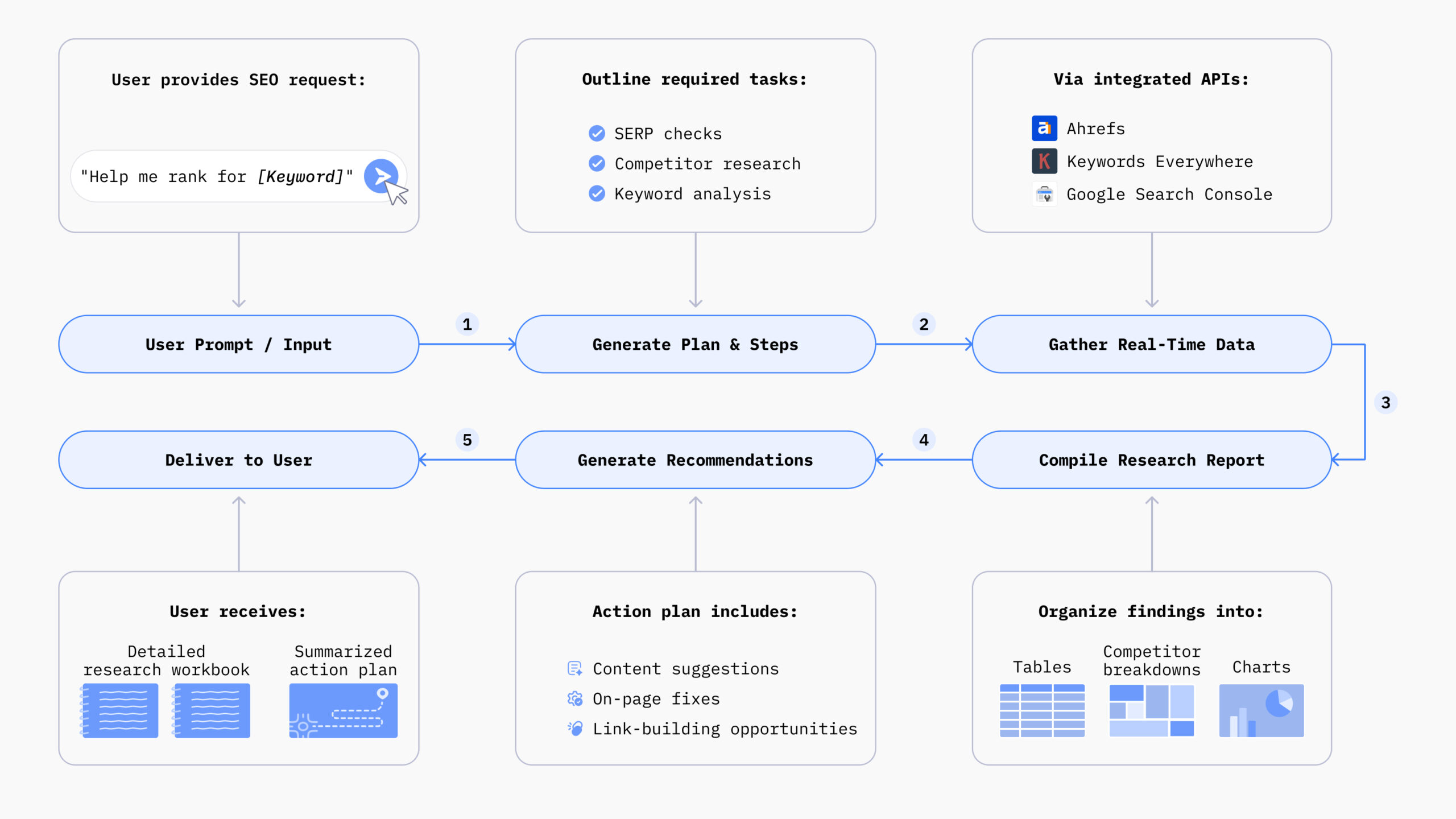






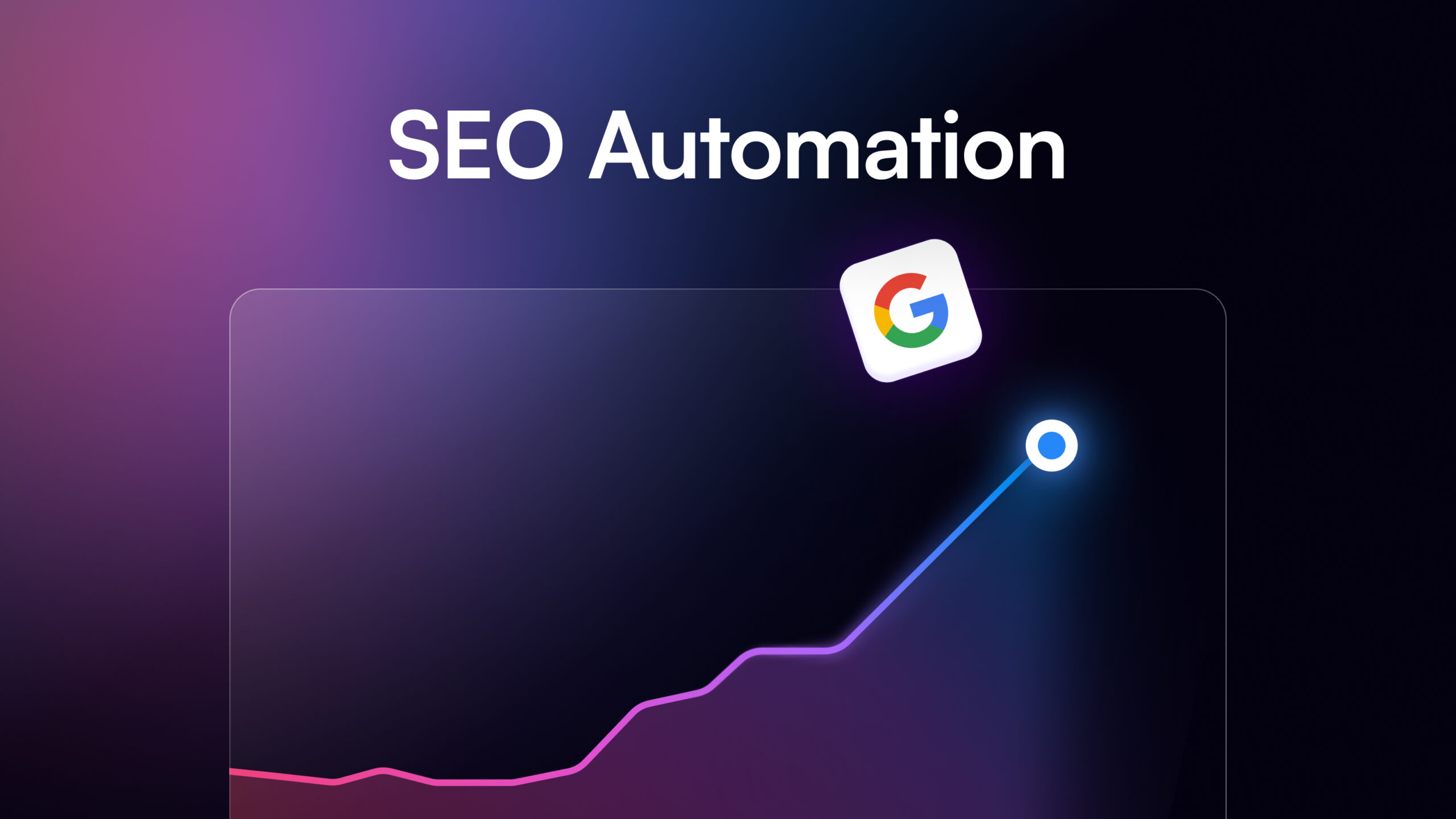



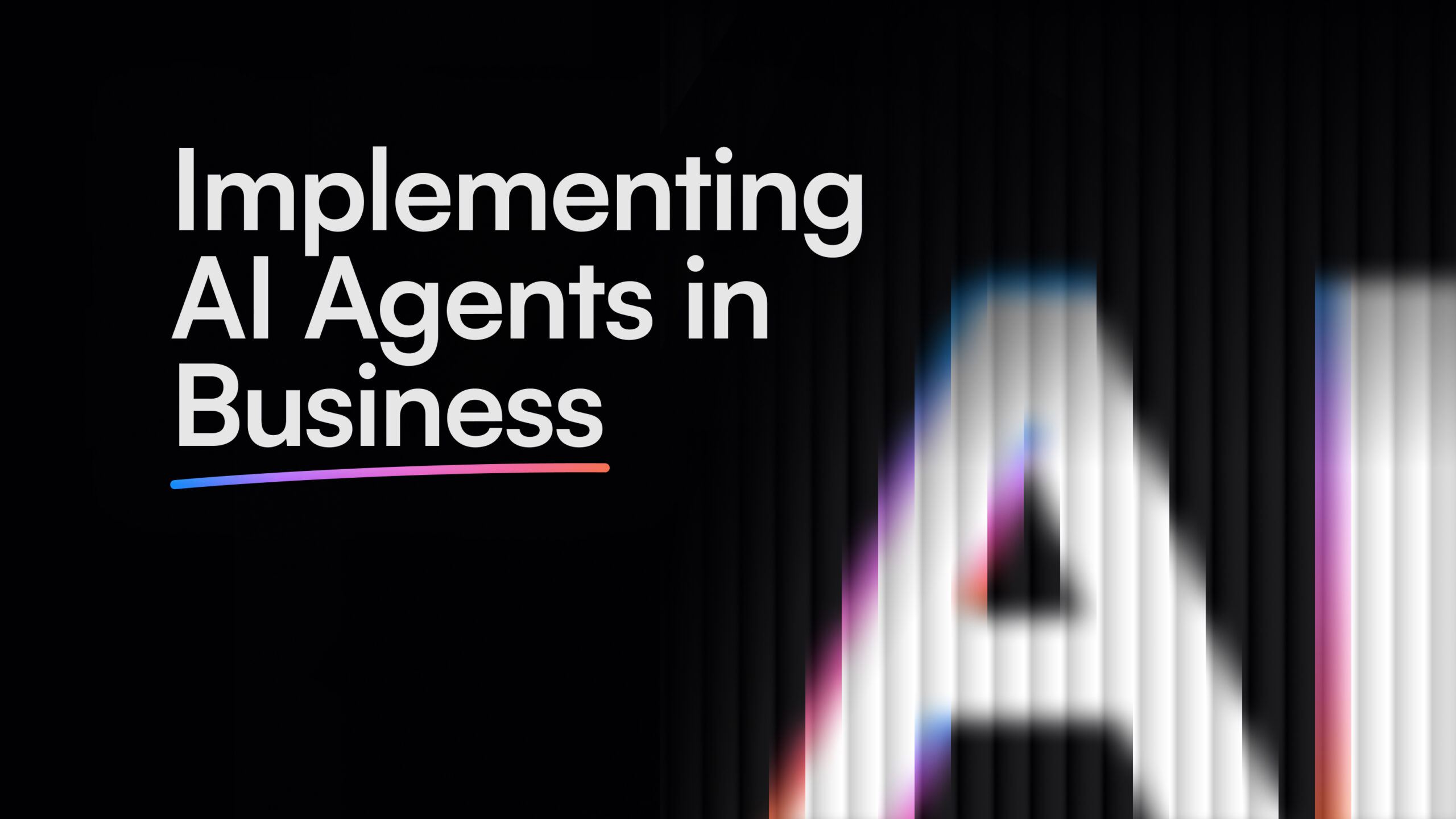


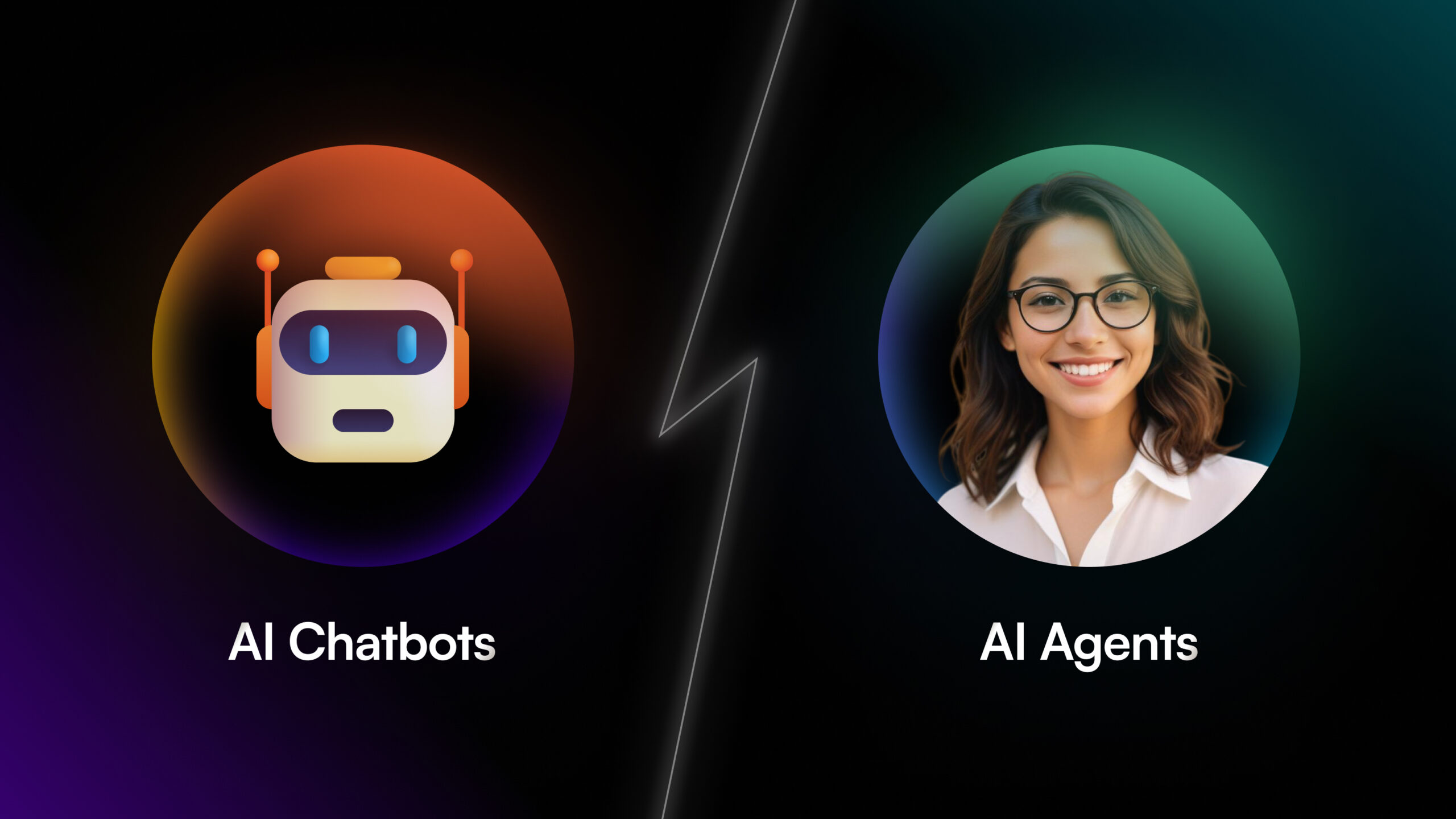
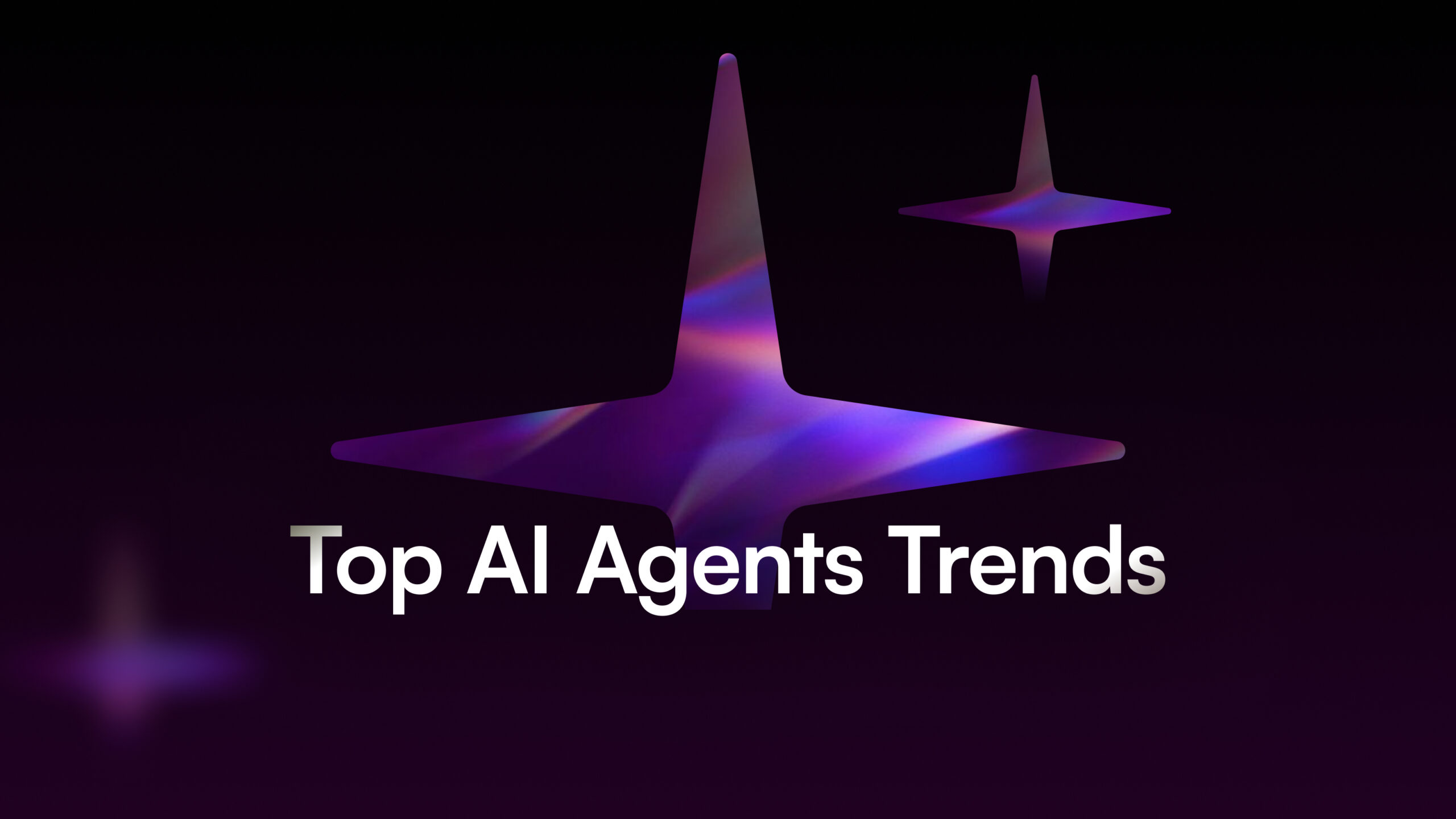

![How to Scale Your Business Using B2B AI Agents [+ Tools to Try]](/wp-content/uploads/B2B-AI-Agents-scaled.jpg)

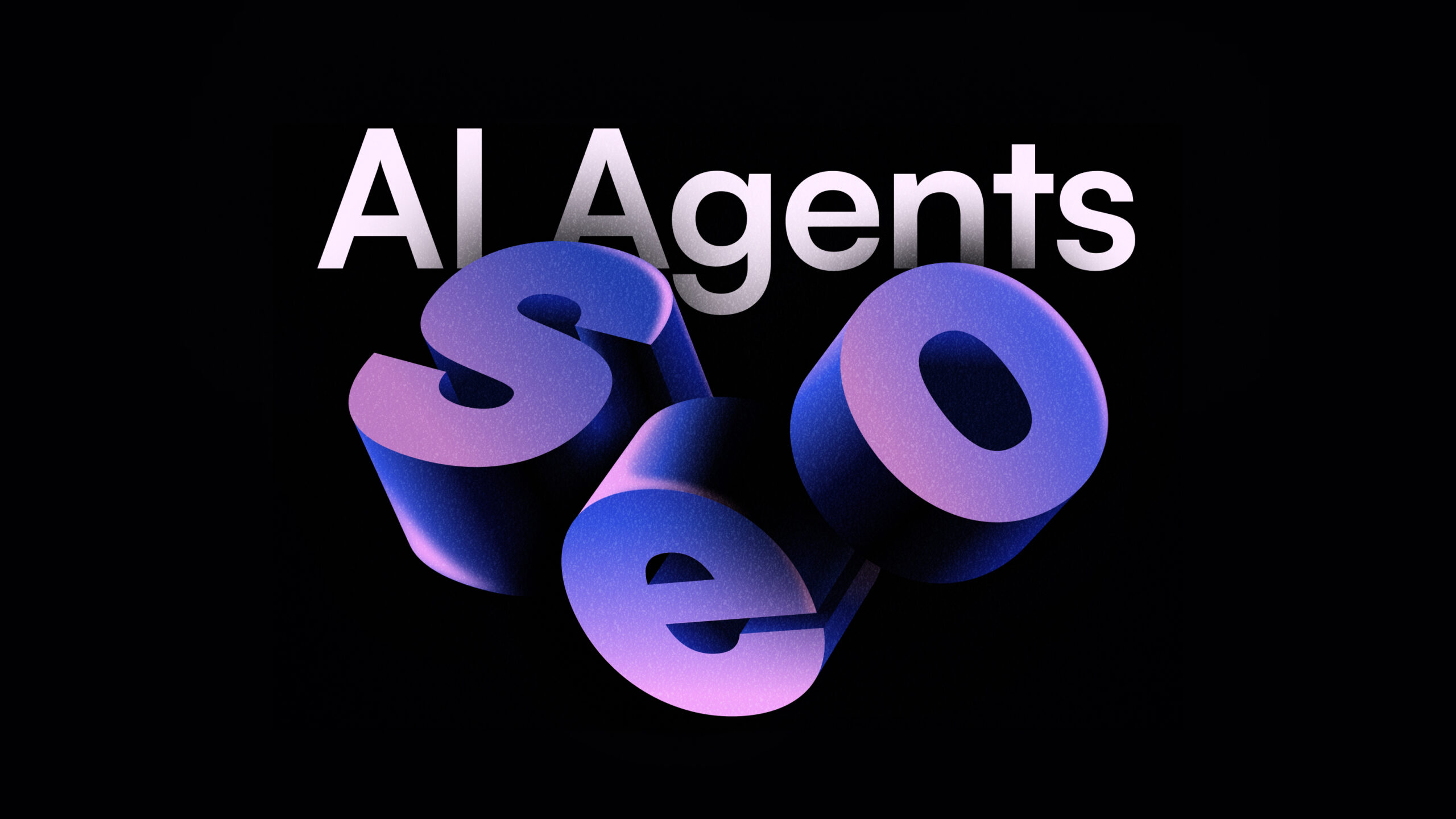


![40 AI Agent Use Cases Across Industries [+Real World Examples]](/wp-content/uploads/AI-Agent-Use-Cases-1-scaled.jpg)
